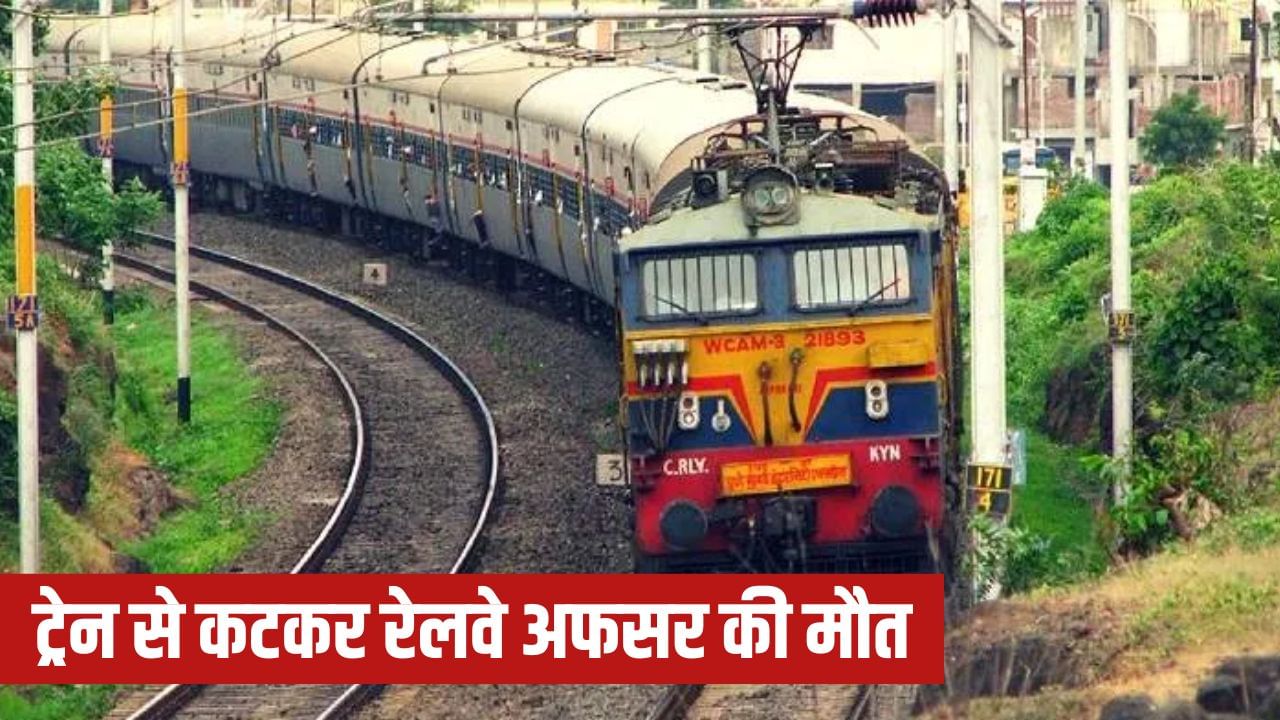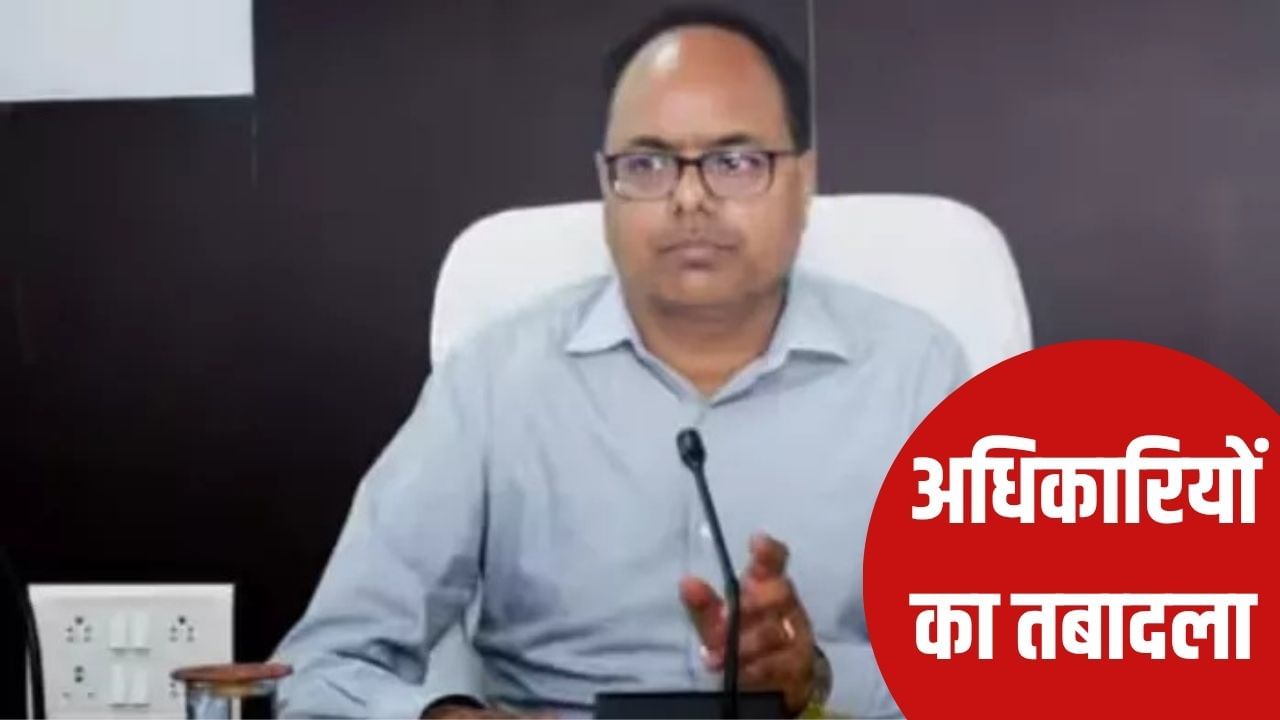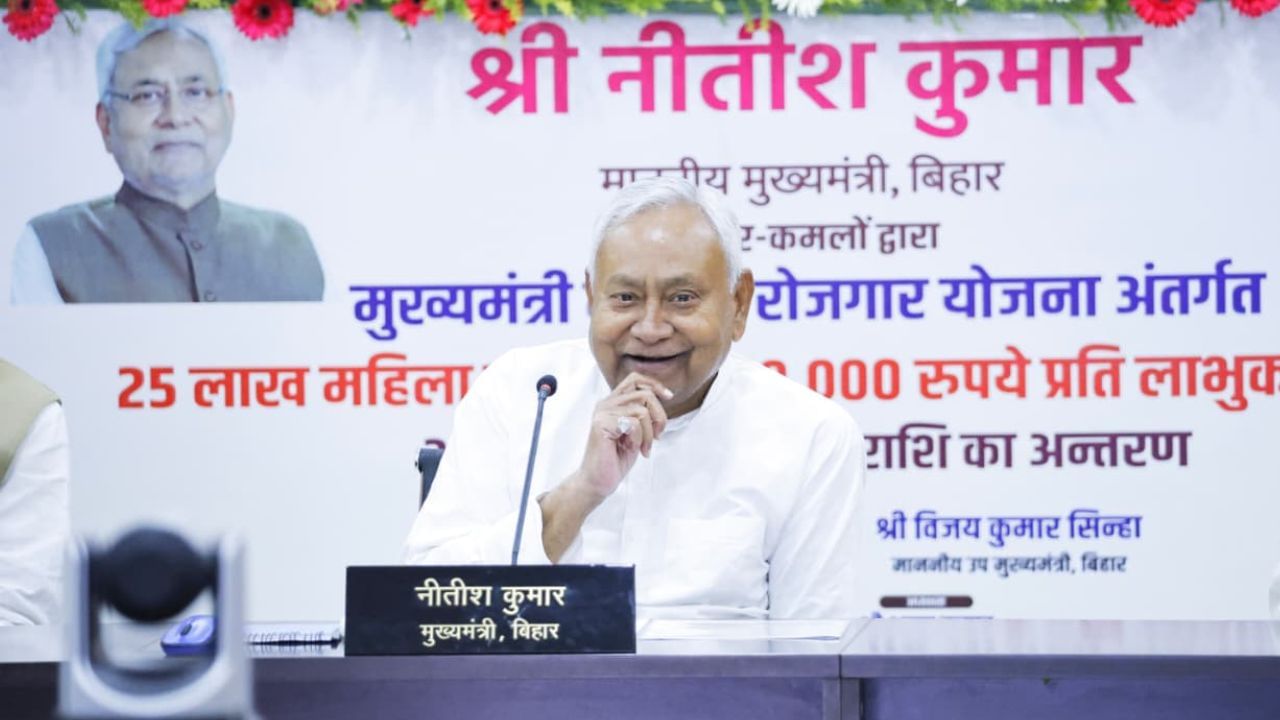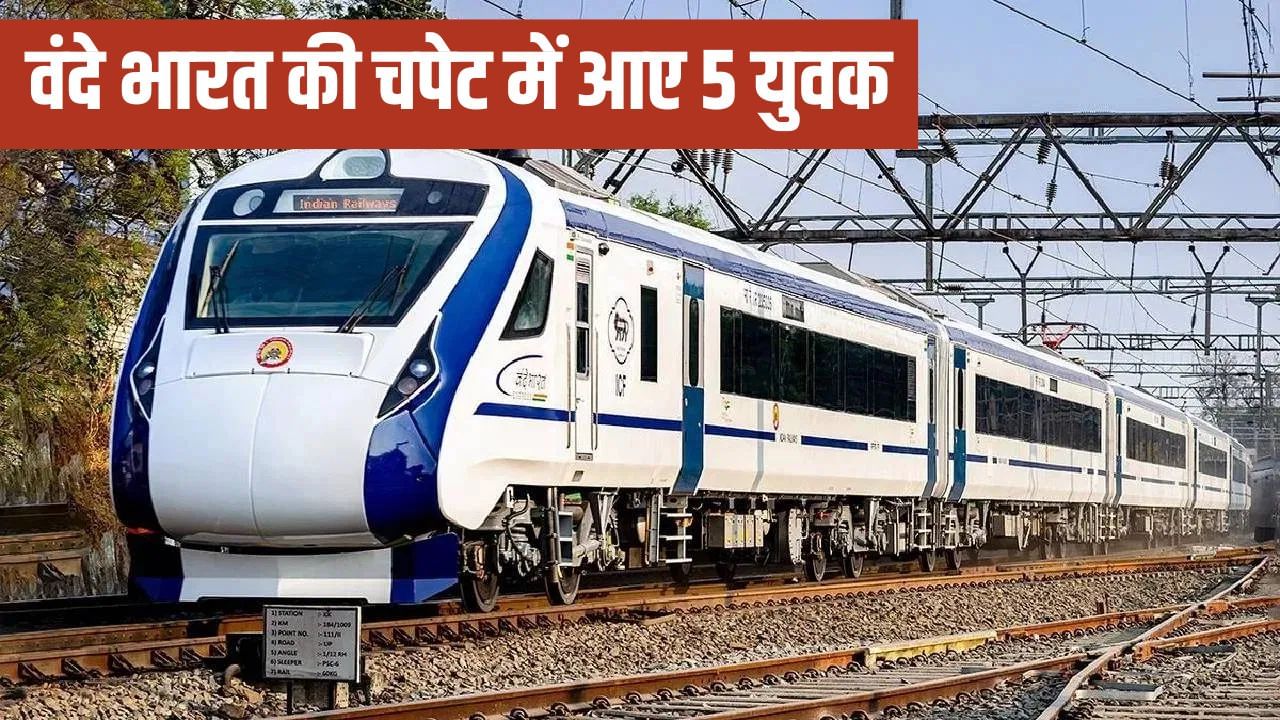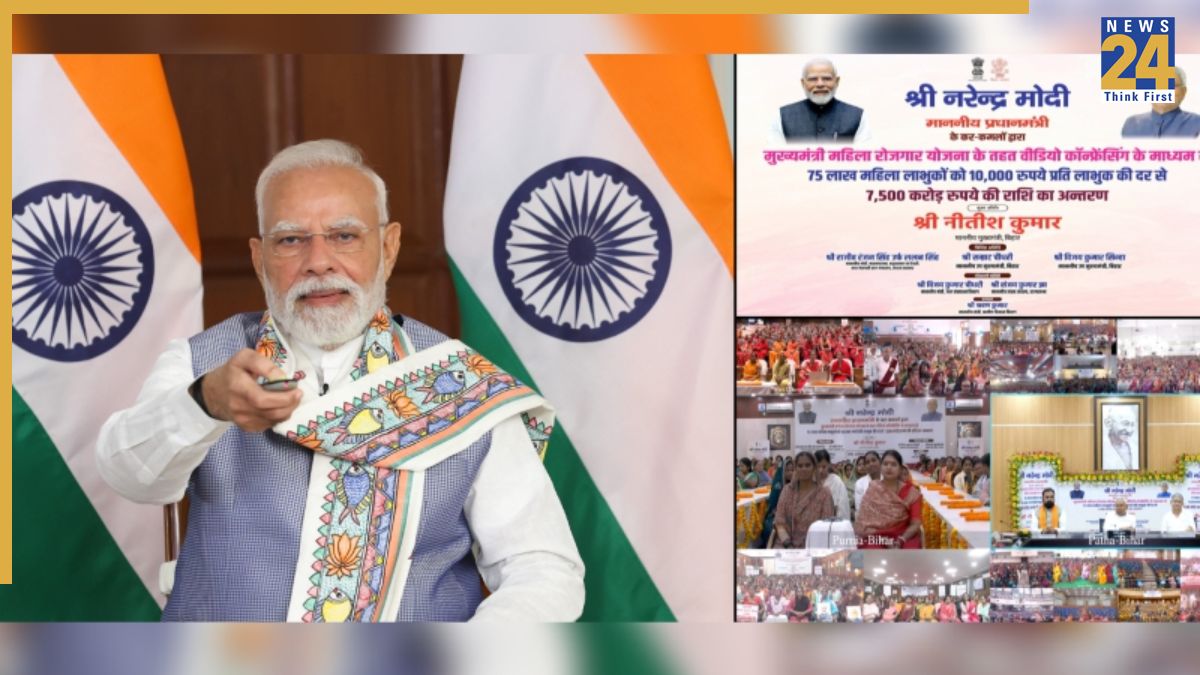On Friday evening, a fatal accident took place at Sonpur Railway Station in Bihar. Railway officer Vijay Kumar Singh lost…
Browsing: Bihar
The India Meteorological Department (IMD) has issued a weather alert for various states, cautioning about heavy rainfall in certain areas…
A new storm is developing in the Arabian Sea, approximately 280 kilometers from Dwarka, Gujarat. Although it poses no direct…
The Bihar government has recently announced a series of transfers impacting several senior IAS officers. This administrative reshuffle, communicated through…
A devastating incident in Patna has resulted in the deaths of three individuals from the same family. The deceased include…
On September 26, 2025, the ‘Chief Minister’s Women Employment Scheme’ was launched in Bihar, aimed at bolstering financial support for…
A severe train accident in the Purnia district of Bihar claimed the lives of three youths, with two others severely…
A tragic accident occurred in Purnia, Bihar, on the day of Vijaya Dashami. A Scorpio, driven at high speed, entered…
With the upcoming assembly elections in Bihar, the Election Commission is intensifying its preparations. A key step in this process…
Prime Minister Narendra Modi initiated the Mukhyamantri Mahila Rojgar Yojana in Bihar, facilitating a direct transfer of funds to empower…


